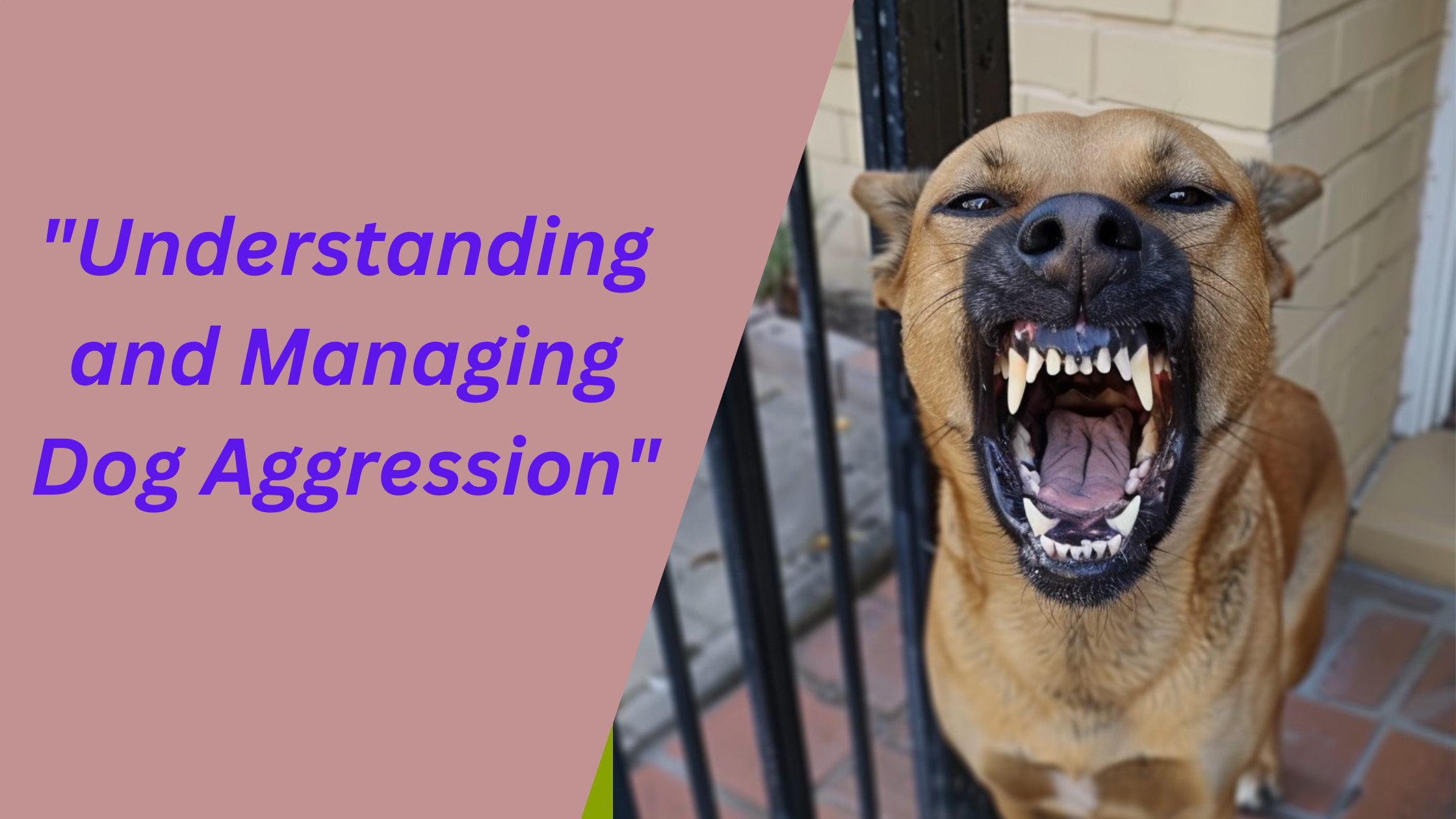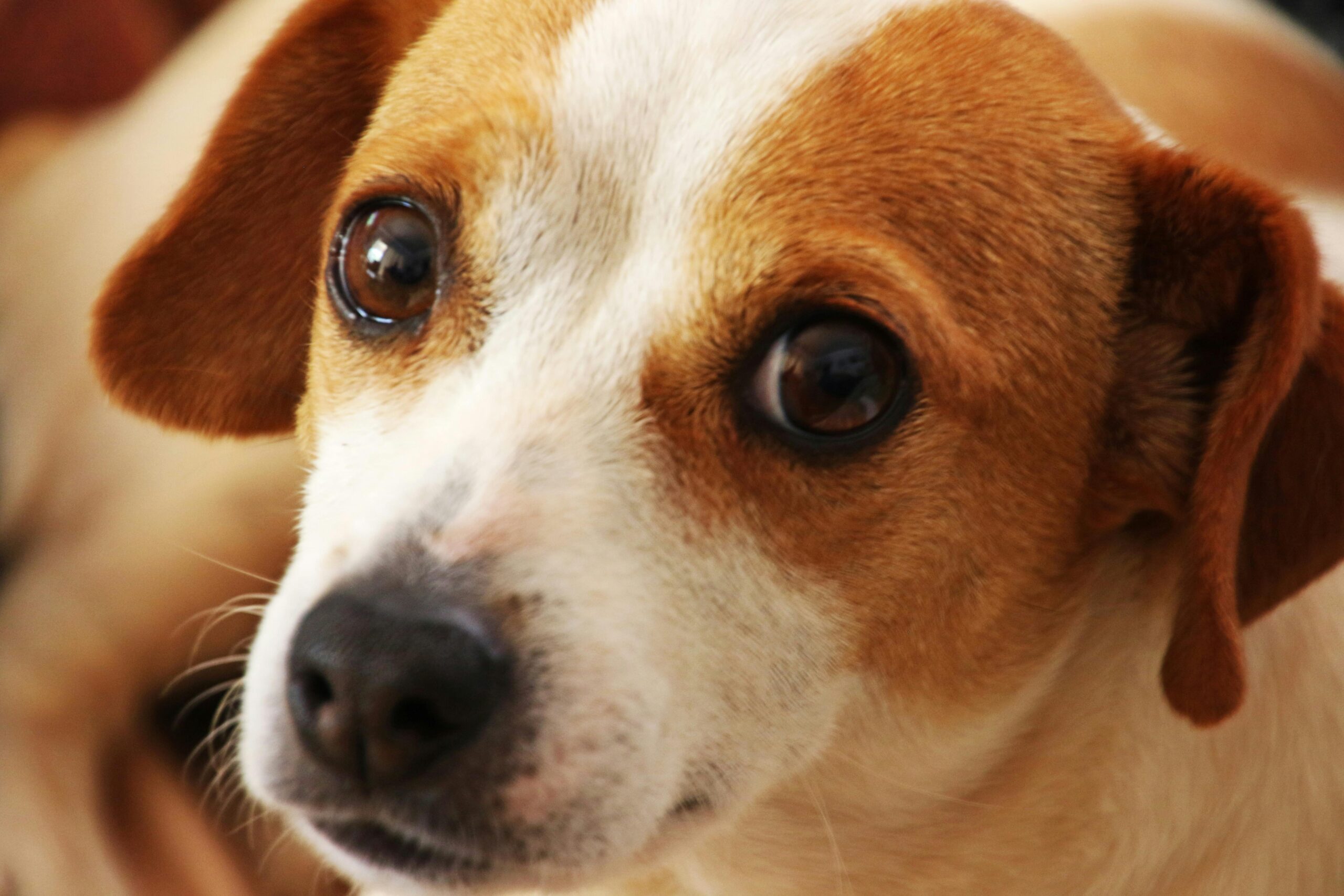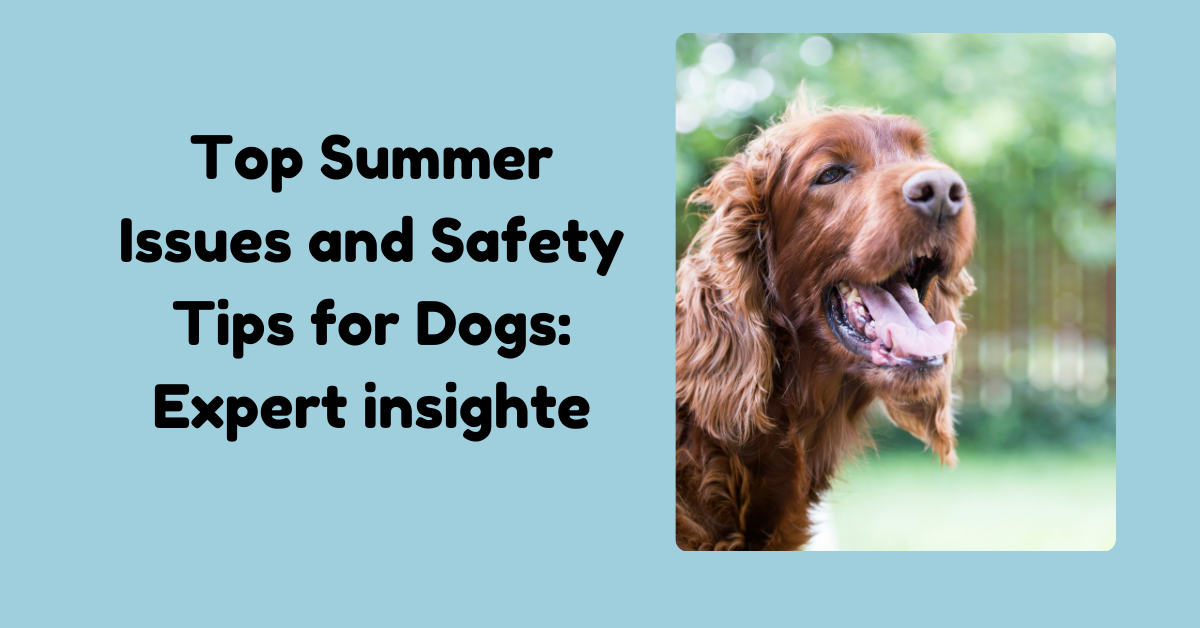Today, we’re going to discuss dog aggression—a topic that may seem a little taboo but is crucial for the welfare of our furry pets. Don’t worry; our goal is to clarify this frequently misinterpreted behavior.
Different Dog Aggression signs
Let’s identify the various forms of hostility that our dogs may display. Each has a unique story to tell, ranging from fear-induced reactions to resource-guarding behaviors such as the “this is mine” defense. If social butterflies are not adequately socialised, they may become social aggressors. In addition, redirected hostility and overwhelming hunting drives should not be overlooked.
It’s essential to recognise the warning signals of aggression in dogs in order to protect both their safety and those around them. This is a more thorough investigation, intended for other dog enthusiasts:
Growling: Canines use growling as a means of expressing discomfort or threat. It’s a warning indication that must never be disregarded. Rather, it’s a request to evaluate the circumstances and deal with possible triggers.
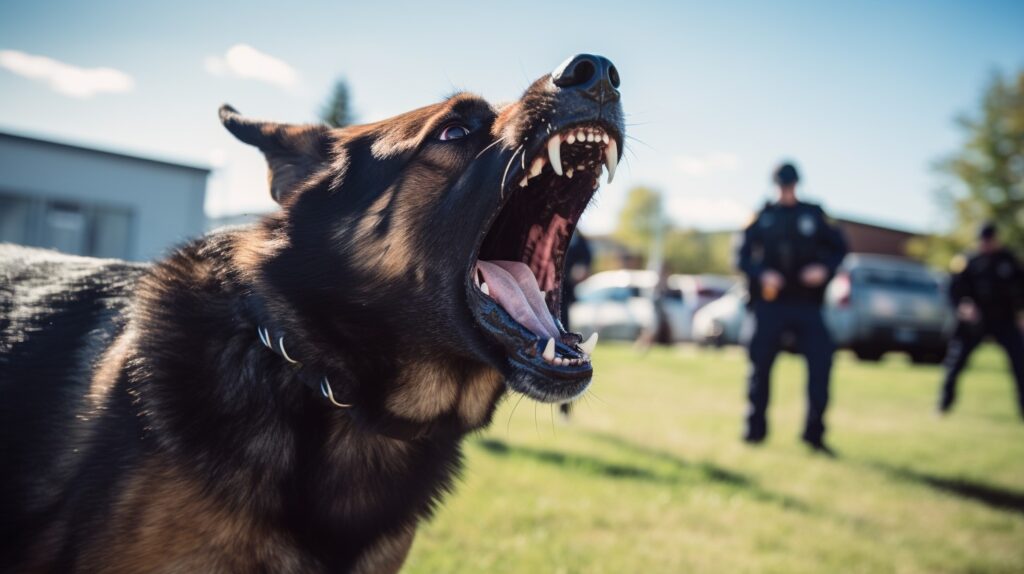
Raised Hackles: A dog’s raised hackles, which are patches of fur down their spine, are a sign of stress or arousal. Raised hackles by themselves don’t always indicate aggression in a dog, but they can be an indication of more overt behaviours like lunging or snapping.
Rigid Body Language: A dog that is acting aggressively will frequently have a rigid, stiff body posture. They may have a high head, upright ears, and a hard or raised tail when they stand tall. Their readiness to protect themselves or establish dominance is conveyed by their body language.
Direct Eye Contact: Prolonged, intense eye contact, particularly when accompanied by a hard, unchanging look or a fixed stare, can be interpreted as an aggressive indicator in dogs. Dogs may challenge perceived dangers or demonstrate their dominance by making eye contact.
Lunging or Snapping: Dogs, particularly those who feel surrounded or threatened, may lunge forward or snap at perceived dangers or triggers. This behaviour is a blatant sign that the dog is defensive or afraid, and if the threat is sustained, it could turn into a bite.
Displaying Teeth: In addition to displaying their teeth, dogs can also display a “lip curl,” in which they pull back their lips to reveal their teeth in an intimidating way. In addition to this show, aggressive body language like snarling is frequently seen.
Excessive Barking: Although dogs naturally communicate by barking, excessive or persistent barking, particularly in response to particular stimuli, may be an indication of hostility, anxiety, or frustration. To find the root source of the barking, pay close attention to the context and volume of the noise.
Avoidance or Withdrawal: Some dogs may show hostility by avoiding situations that they believe to be dangerous or stressful. This is a common behaviour in afraid or nervous dogs who would sooner flee or withdraw than deal with the problem.
Body Positioning: Observe your dog’s general body alignment as it can reveal important details about their emotional condition. When a dog adopts an aggressive stance, they usually stand tall and transfer their weight forward, preparing them to attack if needed.
Dog owners may protect their furry friends’ wellbeing and the safety of others around them by identifying these warning signs of aggression, acting quickly to intervene, addressing underlying triggers, and putting appropriate management and training tactics into practice. Recall that each dog is different, so it’s critical to pay attention to and comprehend your dog’s specific body language and cues for communication.
Causes of aggression:
Dog aggression can have many root causes, and knowing these causes is essential to managing and preventing the behaviour. Here is a closer look at a few typical causes:

Genetics: Aggression is one of the distinct behavioural qualities that certain breeds are susceptible to. Although genetics cannot explain a dog’s behaviour on its own, it can greatly influence the dog’s propensity for violence. More forceful traits may be seen in breeds that were traditionally developed for protection or guarding.
Lack of Socialisation: Dogs who are not socialised enough from an early age may become fearful of strangers and act aggressively towards them, other dogs, or unfamiliar places. Fostering confident and well-adjusted behaviour requires early and positive exposure to a variety of stimuli, such as other canines, humans of varied ages and appearances, and other locations.
Fear and Anxiety: Just like people, dogs may become fearful or anxious in response to particular events or stimuli. This may show up as hostility as a protective response to imagined dangers. Aggression stemming from anxiety is frequently triggered by loud noises, strange surroundings, separation anxiety, or unpleasant experiences.
Pain or Health Issues: Dogs that are in pain or uncomfortable may act aggressively to protect themselves or to let others know they are distressed. Aggression can be sparked by pain from wounds, illnesses, or underlying medical diseases like arthritis or dental troubles, particularly if the affected area is handled or approached in a sensitive way.
Territoriality: Dogs are inherently territorial creatures and may act aggressively against anybody they consider to be trespassing on their territory, including strangers or other animals. Defensive body language, vocalisations, and protective actions within the house or other familiar areas are sometimes seen alongside territorial aggression.
Resource Guarding: When defending priceless items like food, toys, or resting quarters, some dogs may become aggressive. This behaviour, which has its origins in the survival instinct to guard vital resources, has the potential to worsen if left unchecked. Perceived dangers to the dog’s belongings can cause resource guarding, which may be difficult to resolve without the use of specific behaviour modification approaches.
Environmental Stressors: canines’ stress levels can be raised by environmental variables such routine disruptions, crowding, confinement, or exposure to violent or badly socialised canines. As a coping technique, these circumstances may cause dogs to act aggressively.
Absence of Structure or Training: Dogs thrive when their owners provide them with structure, regularity, and clear communication. Dogs may get confused or insecure in the absence of appropriate training, direction, and consistent boundaries, which can result in behavioural problems including aggression.
Dog owners can take proactive measures to manage and prevent aggressiveness, encourage positive behaviour, and safeguard the wellbeing of their canine companions by identifying and addressing these underlying reasons.
How to Control and Avoid Hostility
Preventive measures are crucial! Positive reinforcement training and early socialisation lay the groundwork for appropriate behaviour. Aggression can be avoided by recognising and avoiding triggers and by scheduling routine veterinary examinations. Naturally, providing a secure and caring environment for our animal friends at home is crucial to their wellbeing.
It’s critical to address aggressive behaviour in dogs with empathy, patience, and a focus on positive reinforcement. A more thorough list of dos and don’ts is provided below:
What to Do:
Remain Calm and Positive: When dealing with aggressive behaviour, it’s important to maintain your composure because dogs are observant of their owners’ emotions. Anger or frustration-fueled reactions have the potential to worsen the situation and encourage undesirable behaviour.
Apply Positive Reinforcement: Give toys, praise, or treats as rewards for desired behaviours. Dogs who receive positive reinforcement are more likely to correlate excellent behaviour with favourable results, increasing the likelihood that they would repeat the behaviour in the future.
Maintain Consistency: Give your dog specific guidelines and limits, then continuously enforce them. Dogs may become confused by inconsistent cues, which may exacerbate behavioural issues. Maintain a consistent schedule for eating, playing, and training.
Seek Professional Guidance: Consult a qualified professional, such as a licenced dog trainer or behaviourist, if your dog’s violent behaviour continues or gets worse despite your best efforts. They can offer customised guidance and behaviour modification methods based on the particular requirements of your dog.
Establish a Safe Environment: Take out any possible aggravating factors and give your dog a stable, safe space. This could be supervising how your dog interacts with other dogs or people, creating a peaceful area for rest, and making sure your dog feels safe in their environment.
Employ counterconditioning and desensitisation to gradually introduce your dog to the things that make them aggressive in a positive and regulated manner. By linking these triggers to pleasant memories, a technique called desensitisation and counterconditioning can modify your dog’s emotional reaction to them.
Exercise Compassion and Patience: Behaviour change requires patience and time. As your dog picks up new skills, be understanding of their underlying feelings and motivations and gentle with them. A solid relationship built on mutual respect and trust is essential to dealing with aggressive behaviour.
What to Avoid:
Use Physical Force or Punishment: Using physical force or punishment can exacerbate aggression and weaken your relationship with your dog. Reprimands like striking, scolding, or employing aversive training techniques like choke chains or shock collars should be avoided since they can cause hostility, anxiety, and terror.
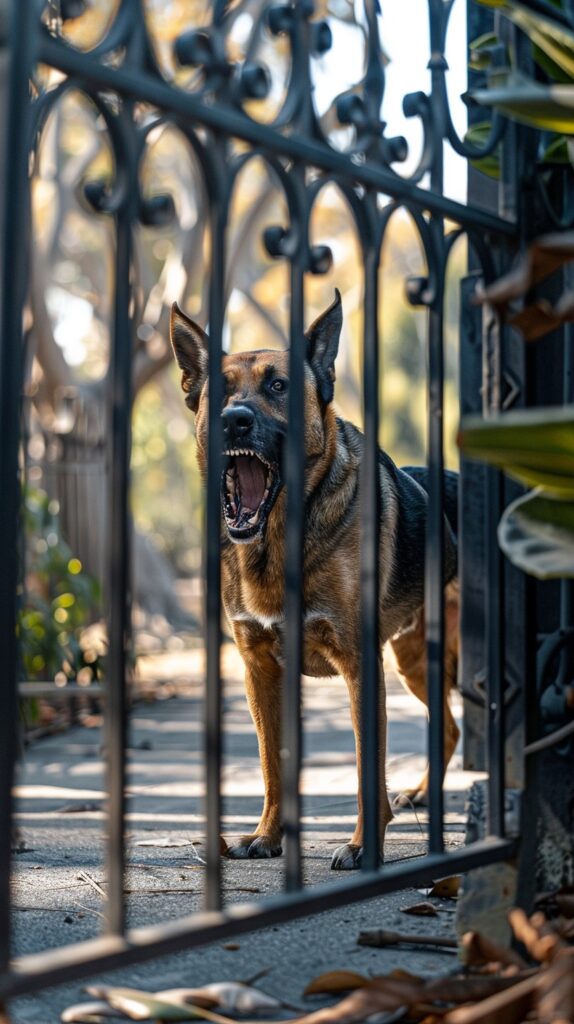
Forced Confrontations: Refrain from pushing your dog into conversations or situations that could incite conflict and make them aggressive. When your dog feels intimidated or overstimulated, respect their boundaries and let them hide in a secure place.
Disregard Caution Signals: Observe your dog’s vocalisations and body language; these can reveal a lot about their emotional state. Aggression warning signals, including growling or snapping, should not be ignored as they may lead to bites or other violent actions.
Neglect Exercise and Mental Stimulation: In addition to being beneficial to a dog’s general health, getting enough exercise and mental stimulation can also help ward off boredom and frustration, which can lead to aggressive behaviour. Ensure that your dog gets plenty opportunity for stimulation and exercise on a regular basis.
Put the blame on the dog: Keep in mind that underlying emotions like fear, anxiety, or traumatic events can lead to aggressive behaviour in dogs. Instead of placing the blame for the dog’s actions, concentrate on finding compassionate and helpful solutions to the underlying issues.
You may assist your dog overcome obstacles and strengthen your bond with them by adhering to these dos and don’ts and responding to aggressive behaviour with tolerance, compassion, and positive reinforcement.
Conclusion
As we come to the end of our exploration of dog aggression, let’s pause to consider. Not only is it essential for our animal friends’ health, but it also makes our relationship stronger when we comprehend their behaviour. We may cons
Duffy, D. L., Hsu, Y., & Serpell, J. A. (2008). Breed differences in canine aggression. Applied Animal Behaviour Science, 114(3-4), 441-460.
Hsu, Y., & Sun, L. (2010). Factors associated with aggressive responses in pet dogs. Applied Animal Behaviour Science, 123(3-4), 108-123.

